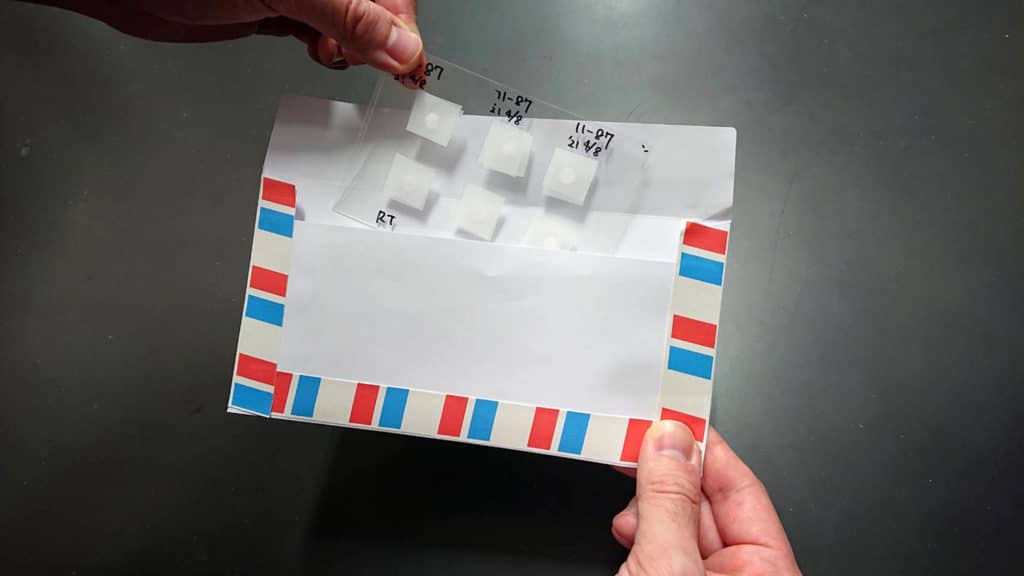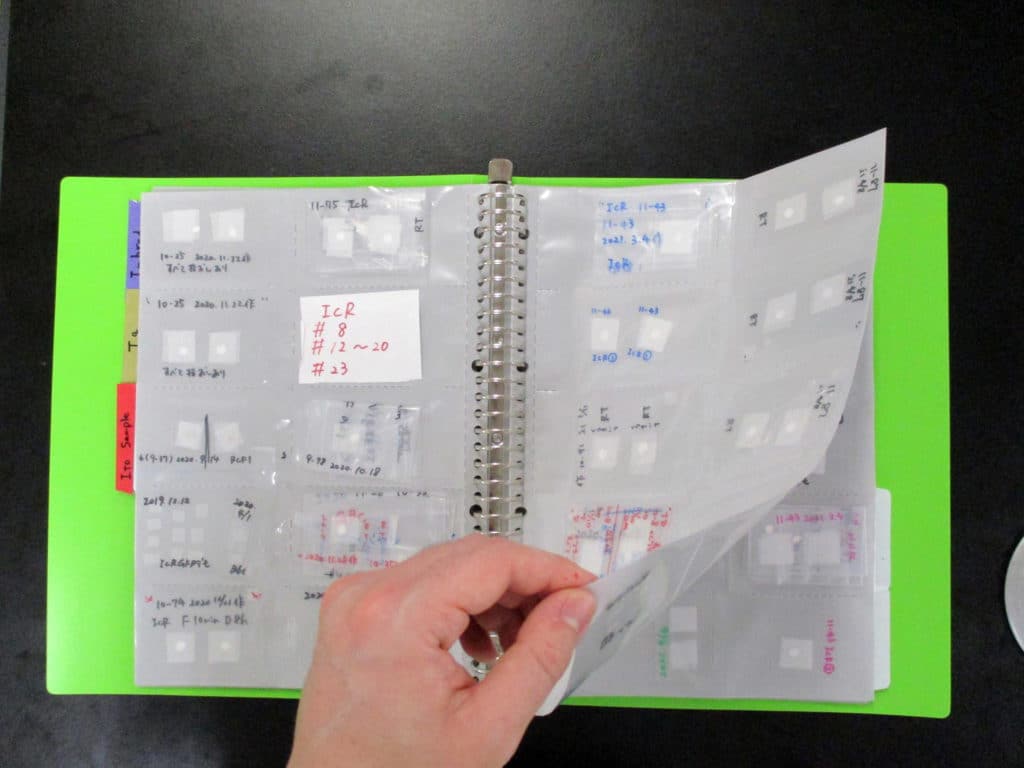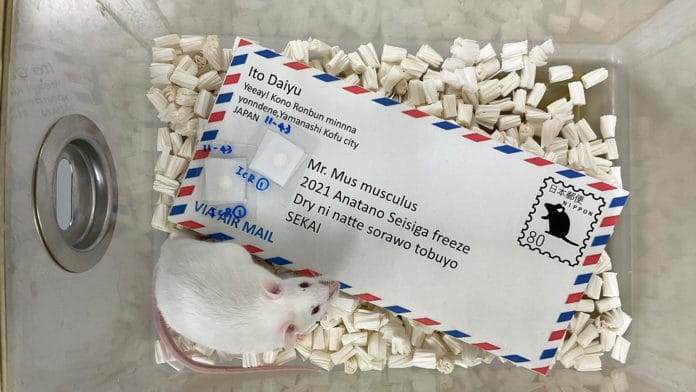Donor sperm can be shipped to destinations all around the world. For shipping frozen sperm overseas, companies use glass vials. The glass ampule is a small bottle made of glass. The glass bottles are quite bulky and break easily, rendering the sperm they carried unusably.
With this setback in mind, Researchers in Japan have developed a way that removes the risk of sperm loss. The method involves freezing dry sperm on a plastic sheet in weighing paper. This way, researchers can send sperm samples via postcard.
Researchers selected plastic sheets because they are very compact and wouldn’t break. But they are toxic for the sperm. While looking for this solution, researchers tested various materials, including filter paper and vinyl sheets, but failed. At last, they found weighing paper as the best option.

It was found that the freeze-dried sperm samples remain viable even after retrieving.
First author Daiyu Ito of the University of Yamanashi in Japan said, “When I developed this method for preserving mouse sperm by freeze-drying it on a sheet, I thought that it should be able to be mailed on a postcard, and so when offspring were born after being mailed, I was very impressed. The postcard strategy was easier and cheaper compared to any other method. We think the sperm never expected that the day would come when they would be in the mailbox.”
Through this new way, researchers can store thousands of mouse strain’s sperm in a single book, dubbed “sperm book.” The book was stored in a freezer at -30°C until further use for experiments.

The team wanted to determine if the sperm would still be potent even after being mailed tens of miles, and it was.
According to researchers, once the sperm book and this way of sperm transport become perfected, it will strongly impact their field worldwide. Their next goal is to be able to store them for at least one month at room temperature.
Senior author Teruhiko Wakayama, also of the University of Yamanashi in Japan, said, “It is now recognized that genetic resources are an asset to humanity’s future. Even though many genetic traits are not needed for survival, it is necessary to preserve them depending on the environmental context. The plastic sheet preservation method in this study will be the most suitable method for the safe preservation of a large amount of valuable genetic resources because of the resistance to breakage and less space required for storage.”
Journal Reference:
- Daiyu Ito, Sayaka Wakayama, Rina Emura, Masatoshi Ooga, Teruhiko Wakayama. Mailing viable mouse freeze-dried spermatozoa on postcards. iScience, 2021; 102815 DOI: 10.1016/j.isci.2021.102815
